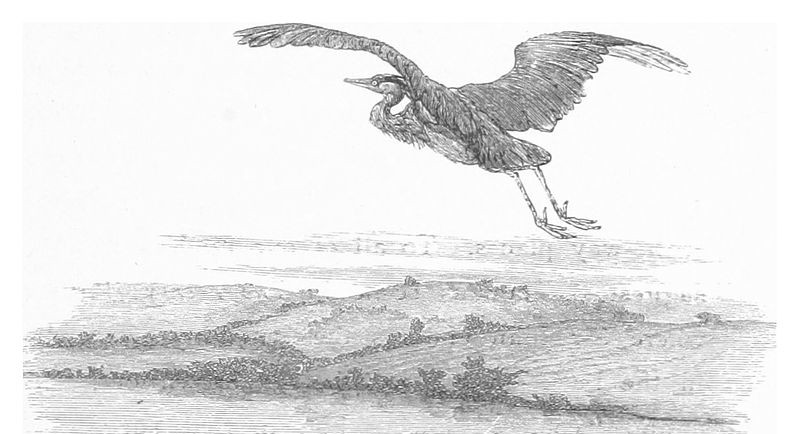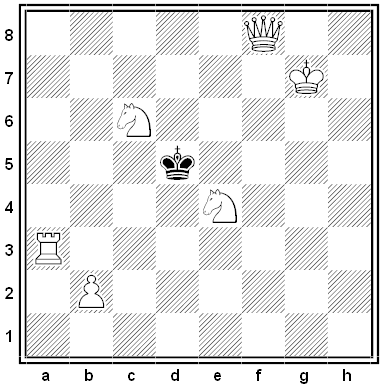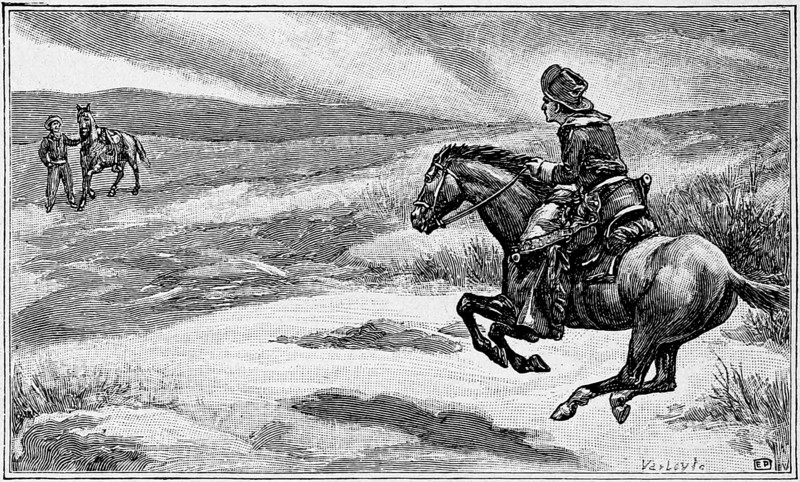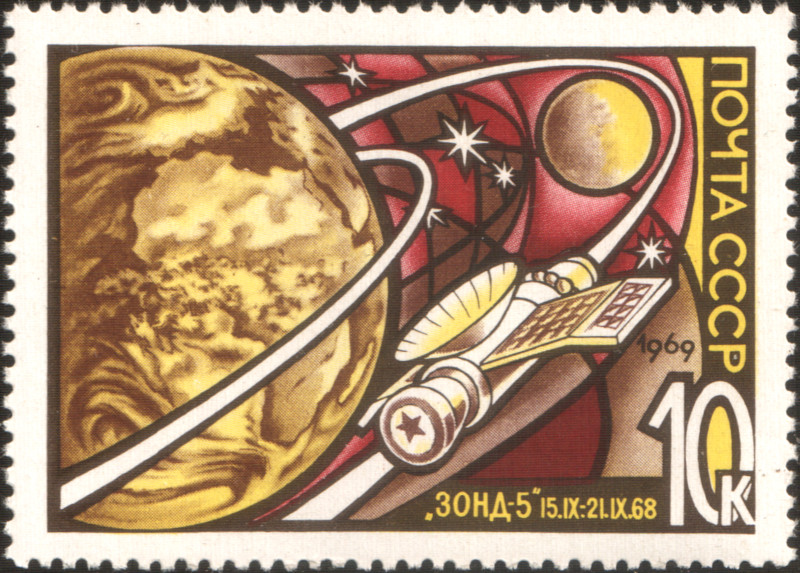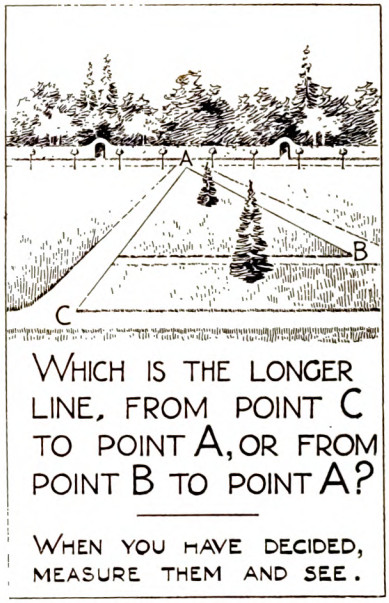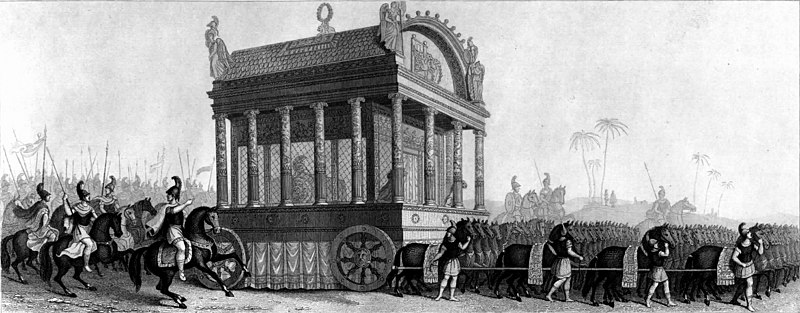British inventor William Cantelo had just developed an early machine gun when he disappeared from his Southampton home in the 1880s. A private investigator traced him to the United States but could learn nothing more of his whereabouts.
Shortly afterward, Cantelo’s sons came across a photograph of Hiram Maxim, an American inventor who’d moved to London and completed a similar-sounding machine gun of his own. The sons, struck at the similarity of the photographs, tried to accost Maxim at London’s Waterloo Station, but he departed on a train.
The similarity of the photographs may have been a coincidence — the two men were the same age, and both wore large Victorian beards. Maxim had complained in his autobiography of a “double” who had been impersonating him in the United States, but Maxim had a long history of successful patents, the first in 1866, long before Cantelo’s disappearance.
On the other hand, the disappearance has never been explained. Maxim eventually sold his gun to the British government. He died in 1916.

